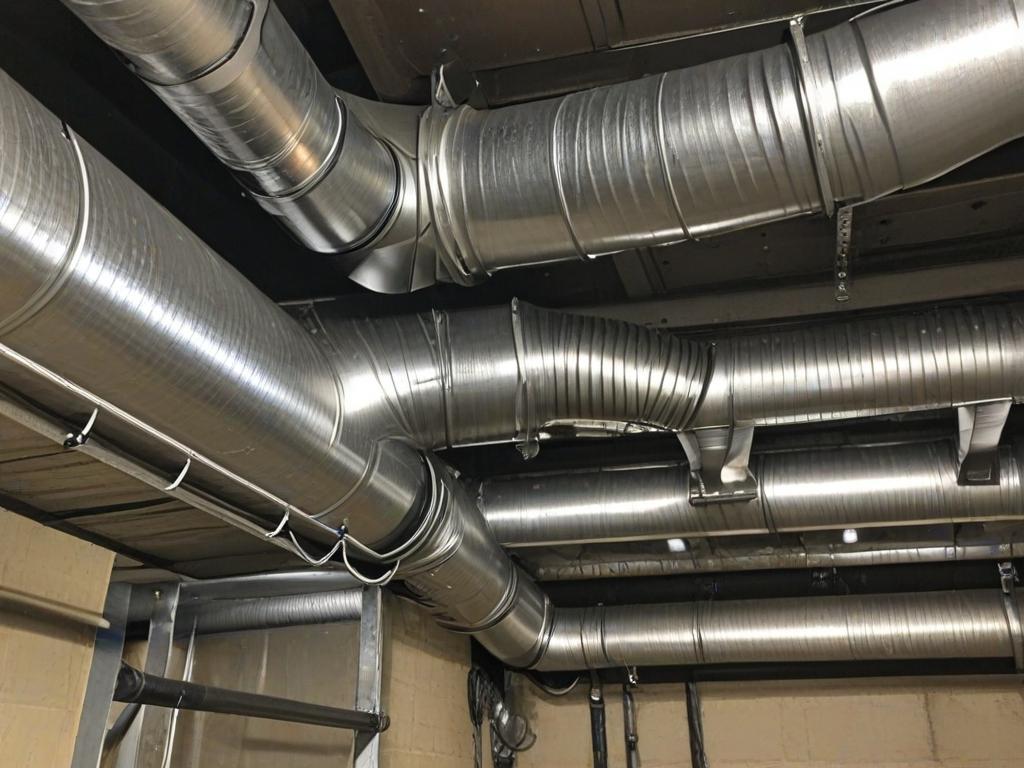Sheet Metal Ductwork Fittings: Controlling Airflow in HVAC Systems
27 June 2024
Efficiently control HVAC airflow with sheet metal ductwork fittings from L&C Harding Plumbing. Achieve optimal HVAC system performance in Melbourne today.
In HVAC systems, controlling airflow is crucial for maintaining efficiency and comfort. Sheet metal ductwork fittings play a significant role in ensuring that air moves effectively through the system, enhancing overall performance and indoor air quality. Understanding the types of fittings and their importance can help homeowners and businesses optimise their HVAC systems.
Impact of Proper Airflow on System Efficiency and Indoor Air Quality
Proper airflow in an HVAC system is essential for both efficiency and indoor air quality. When air moves through the system as intended, it helps maintain consistent temperatures and reduces the workload on the HVAC components, leading to lower energy consumption and longer system life. Additionally, efficient airflow prevents the build-up of dust and allergens, improving the air quality within the space. Poor airflow, on the other hand, can cause hot and cold spots, increased energy bills, and health issues due to poor air circulation. Therefore, ensuring that ductwork and fittings are correctly installed and maintained is vital for optimal system performance and a healthy indoor environment.
Types of Sheet Metal Ductwork Fittings
Sheet metal ductwork fittings come in various forms, each designed to serve a specific function in directing and managing airflow within HVAC systems. Here are some of the most common types:
• Elbows and Bends – Elbows and bends change airflow direction in ductwork, helping it navigate obstacles and fit within building structures. Available in various angles like 45 and 90 degrees, they can be customised for specific needs. Proper installation ensures smooth transitions, reducing turbulence and maintaining efficiency.
• Dampers – Dampers regulate airflow in ductwork, either manually or automatically, allowing precise control over distribution. They help balance temperatures and save energy by directing air where needed.
• Transitions – Transitions are used to connect ducts of different sizes or shapes. They ensure a seamless flow of air between varying duct dimensions, preventing air leaks and maintaining pressure within the system. Transitions are particularly useful when integrating new ductwork with existing systems, allowing for flexibility and customisation.
• Takeoffs and Boots – Takeoffs and boots are fittings used to branch off the main duct into smaller ducts that lead to individual rooms or areas. Takeoffs are typically installed on the main duct, while boots connect the takeoff to the diffuser or vent. These fittings are designed to minimise air loss and ensure efficient delivery of air to the designated spaces.
Importance of Using Sheet Metal Ductwork Fittings
Sheet metal ductwork fittings are more than just connectors; they’re essential components that can make or break your HVAC system’s performance. High-quality fittings ensure that air moves smoothly through your ductwork, reducing energy loss and minimising noise. They also help maintain consistent air pressure throughout the system, which is crucial for even heating and cooling.
Moreover, properly installed sheet metal fittings can significantly extend the life of your HVAC system. They reduce strain on the blower motor by minimising air resistance, and they help prevent leaks that can lead to energy waste and poor indoor air quality.
For all your sheet metal fabrication, consider reaching out to L&C Harding Plumbing. With years of experience serving Melbourne’s diverse building landscape, we are your top choice for all types of sheet metal works.

